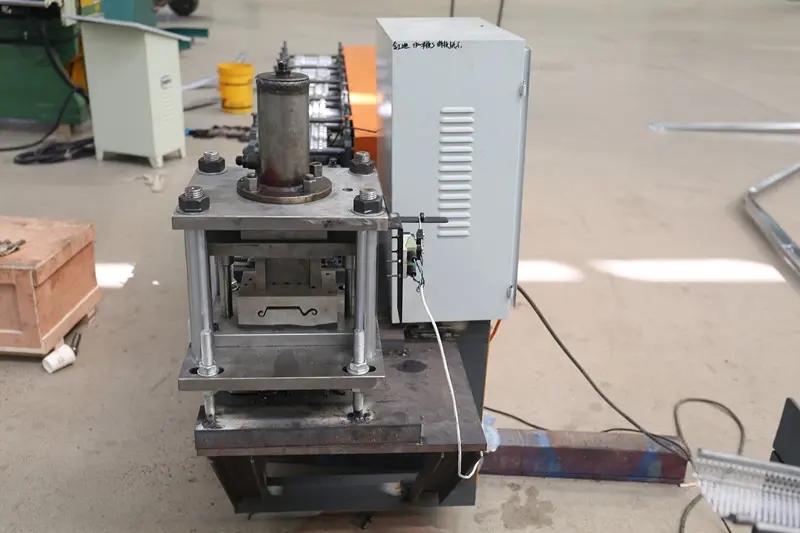
Understanding Metal Deck Cold Bending Machines
In the modern construction and architecture sectors, metal deck cold bending machines play a crucial role in shaping structural components that meet various industrial and commercial needs. These machines are designed to create specific bends and curves in metal sheets, particularly metal decking, which is widely used as a flooring solution in commercial buildings, warehouses, and other large structures. This article explores the functionality, benefits, and applications of metal deck cold bending machines.
What is a Metal Deck Cold Bending Machine?
A metal deck cold bending machine is an industrial tool that processes sheets of metal—usually steel or aluminum—by bending them at room temperature. Unlike hot bending techniques, cold bending maintains the integrity and strength of the metal, ensuring that the finished product retains its original properties without undergoing any significant deformation or weakening from heat exposure.
Cold bending machines come equipped with various rollers, dies, and adjustable settings to accommodate different metal thicknesses, sizes, and bending angles. This flexibility allows manufacturers to customize metal components to meet the specific requirements of a project.
Advantages of Cold Bending
One of the primary advantages of using cold bending machines is the high precision offered during the bending process. Operators can achieve tight tolerances and repeatable results, ensuring that each component meets the exact specifications needed for installation.
Additionally, cold bending preserves the metal’s mechanical properties. When metal is bent at room temperature, it undergoes less thermal stress, which can lead to distortions or weakened areas often associated with hot bending. As a result, the final product is often stronger and more durable, making it ideal for structural applications.

Cold bending is also a more environmentally friendly process compared to hot bending. It typically consumes less energy since there is no need to heat the metal prior to bending. Moreover, the reduced risk of oxidation and other heat-related defects means that less scrap material is generated, contributing to more sustainable manufacturing practices.
Applications of Metal Deck Cold Bending Machines
Metal deck cold bending machines are widely used in various industries due to their versatility and accuracy. In construction, they produce metal decking panels that serve as a base for concrete floors. These panels provide structural support and are essential for creating strong, durable floors in high-rise buildings and parking structures.
In addition to construction, these machines are employed in the manufacturing of components for the automotive and aerospace industries, where precision is paramount. Cold-bent metal parts, such as brackets, frames, and reinforcements, are essential for maintaining the integrity and performance of vehicles and aircraft.
Another notable application is in the manufacturing of furniture and other consumer products. Cold bending can create aesthetically pleasing curves and designs that enhance the overall look of metal furniture while ensuring that it remains structurally sound.
Conclusion
Metal deck cold bending machines represent an essential technology in modern manufacturing processes. Their ability to produce high-quality, accurately bent metal components makes them indispensable across various industries, particularly construction and manufacturing. As the demand for precision-engineered metal products continues to grow, the role of cold bending technology is likely to expand, showcasing its significance in both traditional and innovative applications. By offering efficiency, sustainability, and durability, metal deck cold bending machines stand at the forefront of industrial advancements.